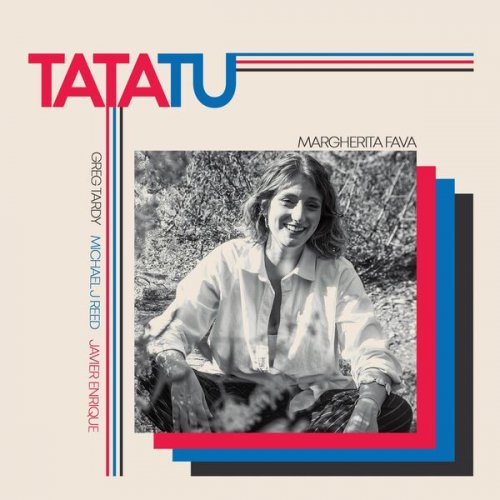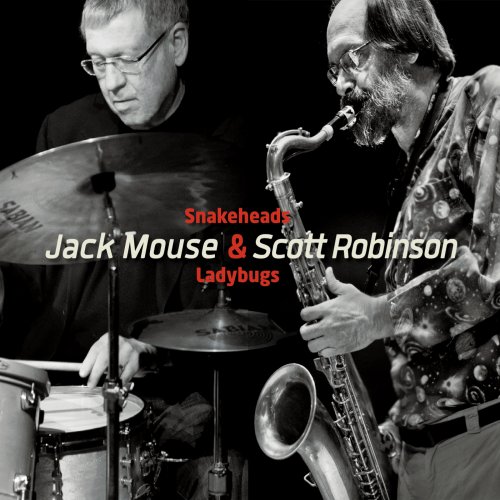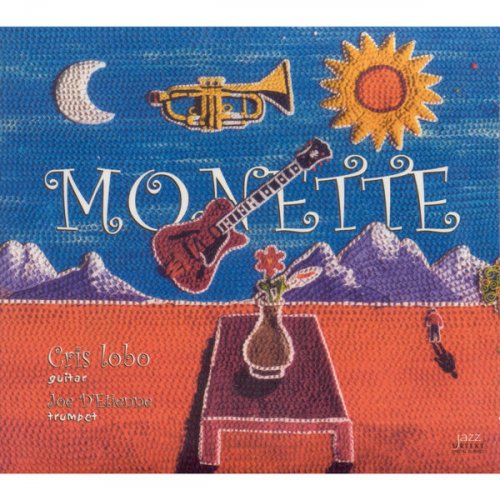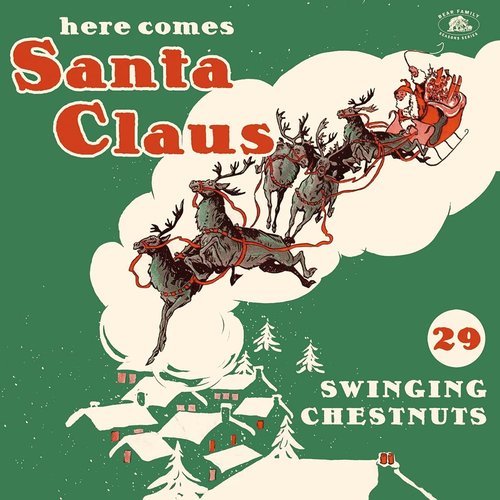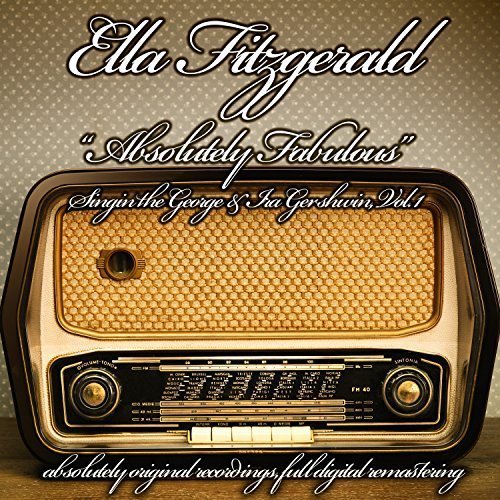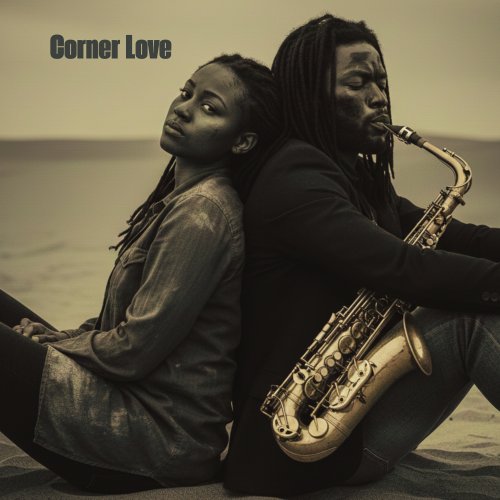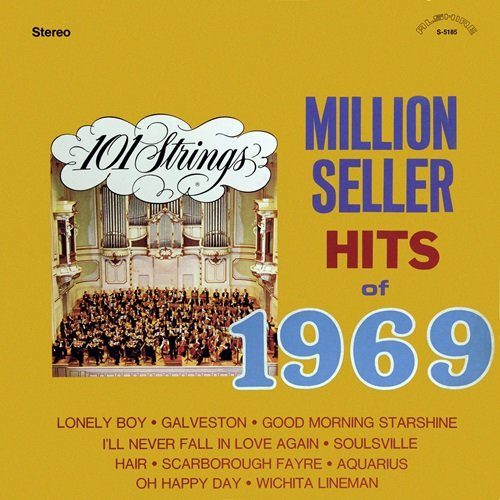Matteo Malagoli, Lisa De Polo, Cristina Centa, Alvise Mason, Hazar Mursitpinar, Alan Dario - The Cello at the Montecassino Abbey (2022) [Hi-Res]
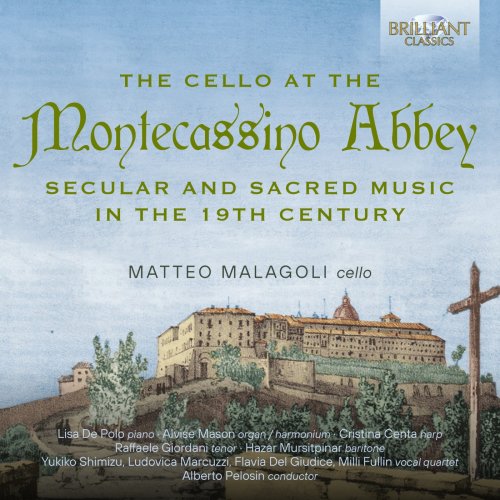
Artist: Matteo Malagoli, Lisa De Polo, Cristina Centa, Alvise Mason, Hazar Mursitpinar, Alan Dario
Title: The Cello at the Montecassino Abbey
Year Of Release: 2022
Label: Brilliant Classics
Genre: Classical
Quality: flac lossless (tracks) / flac 24bits - 88.2kHz +Booklet
Total Time: 02:03:33
Total Size: 551 mb / 1.93 gb
WebSite: Album Preview
TracklistTitle: The Cello at the Montecassino Abbey
Year Of Release: 2022
Label: Brilliant Classics
Genre: Classical
Quality: flac lossless (tracks) / flac 24bits - 88.2kHz +Booklet
Total Time: 02:03:33
Total Size: 551 mb / 1.93 gb
WebSite: Album Preview
01. Sixth Cello Duet in E-Flat Major: I. Allegro Maestoso
02. Sixth Cello Duet in E-Flat Major: II. Pastorale
03. Sixth Cello Duet in E-Flat Major: III. Finale in Contradanza
04. Elegia
05. Concerto Armónico I
06. Solo
07. Concerto Armónico II
08. The Dream
09. La passione, Op. 40
10. Barcarola
11. Pensiero lugubre, Op. 50
12. Casta diva, che Inargenti
13. In Monte Oliveti
14. Plange quasi Virgo
15. Sancta Maria
16. Salve Regina
17. Salve Maria
18. Andante Religioso
19. Apertura
20. Introduction to gratias Agimus
21. Offertorio per l'organo Strumentato
22. Armonia pel tempo Dell'elevazione
23. Il Golgota
Rare manuscripts from the library of an Italian abbey, rediscovered and recorded for the first time.
Founded in 529 AD by Benedict of Nursia, the Abbey of Monte Cassino is still considered the ancestral monastery of the Benedictine Order. In 744 the archabbey was granted independence; it ended in 1503 when the territorial abbey fell to the Kingdom of Naples or, from 1860, to the Kingdom of Sardinia. Since 1927 Montecassino Abbey has been part of the then newly formed province of Frosinone (Lazio). The abbey also gained sad notoriety during the Second World War, when it was completely destroyed in the Battle of Montecassino. From 1948 to 1956 the abbey was rebuilt according to the original plans.
The abbey’s surviving library of manuscripts (theological, musical and others) was mostly moved to Rome during postwar reconstruction, but local archives mined for this release have turned up a treasure trove of pieces which testify to a lively culture of chamber music at the abbey during the 19th century.
The instruments often used were piano, harmonium, flute, violin and cello. The cello however was the most important instrument, which is confirmed by the important solo cello scores and Methods stored in the local Archive, proof of the strong affection to this instrument. The library's archives include a collection of six Cello Duets by Valentino Bertoja (1757-after 1820), a composer from the Veneto region to the north; the Duet No. 6 opens this recording. The two most prominent monk musicians featured here are Padre Placido Abela (1814-1876), originally from Siracusa in Sicily, and Padre Mauro Liberatore (1810-1879) from L’Aquila.
It is Liberatore who arranged both sacred and secular pieces to give a starring role to the cello, such as Casta diva from Bellini’s Norma, and a then-popular aria from Mercadante’s Il giuramento. Abela composed Concerti armonici for a trio of piano, harmonium and cello, and then a part for the string instrument in the liturgical inserts of his Missa solennis. Other composers wrote pieces specifically for Liberatore to play, such as the Barcarola by the Sicilian cellist and composer Domenico Laboccetta (1823-1896), and two composers local to Monte Cassino, Pietro Ray (1773-1857) and Domenico Corigliano (1770-1838).
This exceptionally rare repertoire is introduced in a booklet essay by the cellist Matteo Malagoli, who is the principal soloist on a collection of similar historical value from Brilliant Classics, of "Early Neapolitan Cello Music" by Gerco and Francone.
